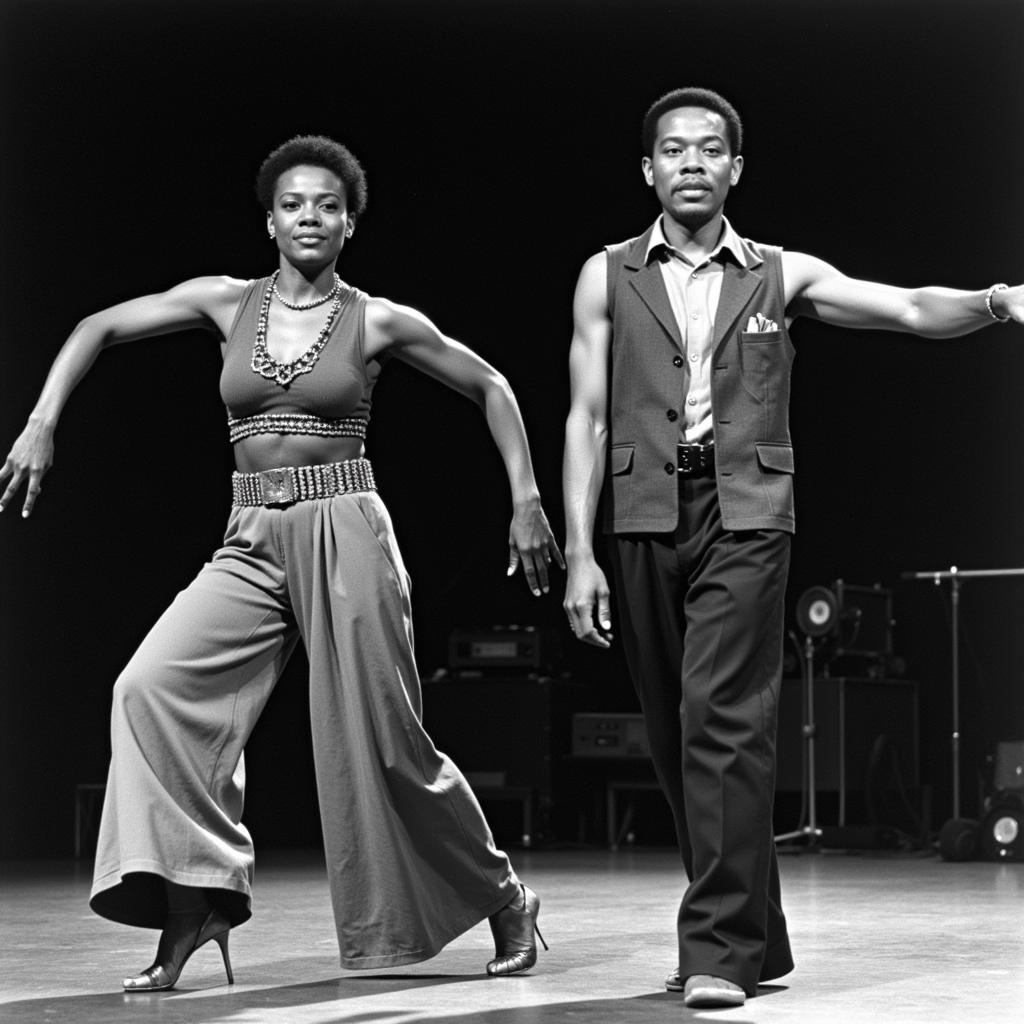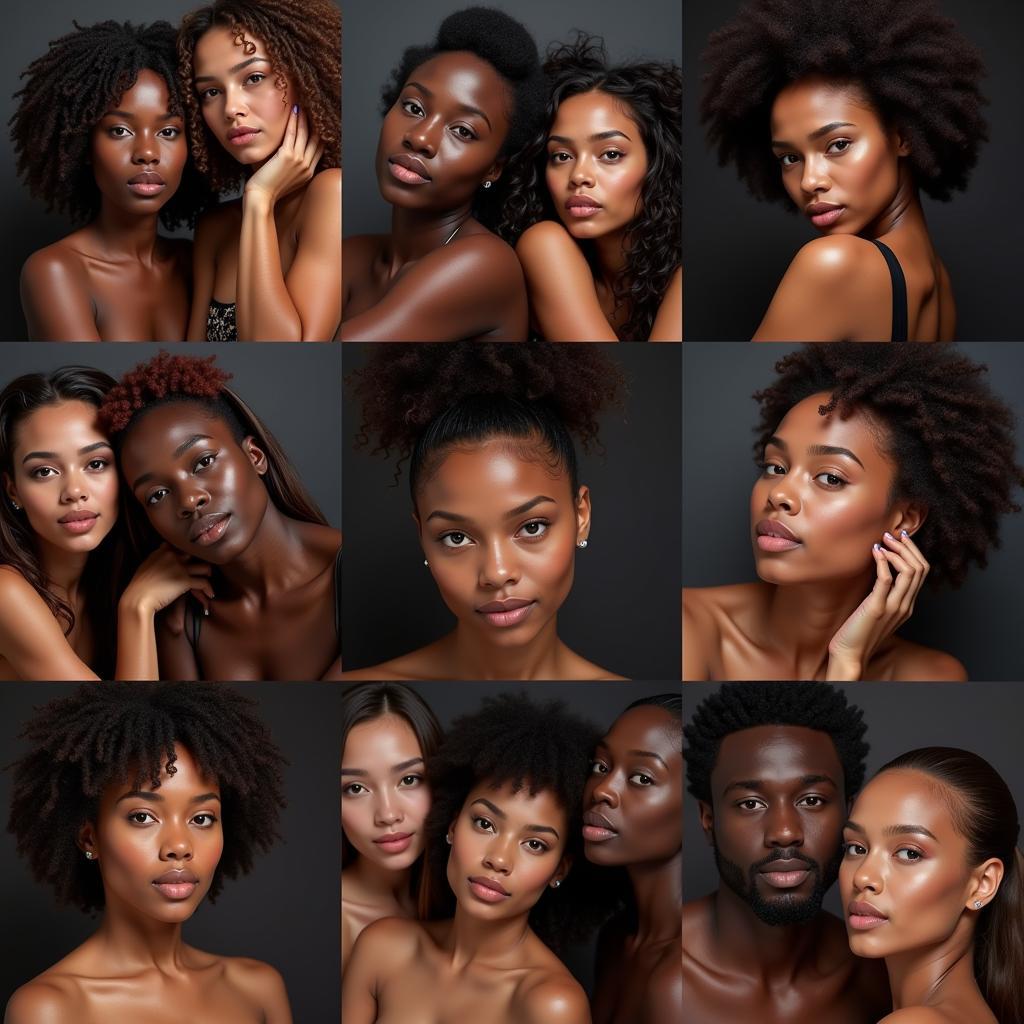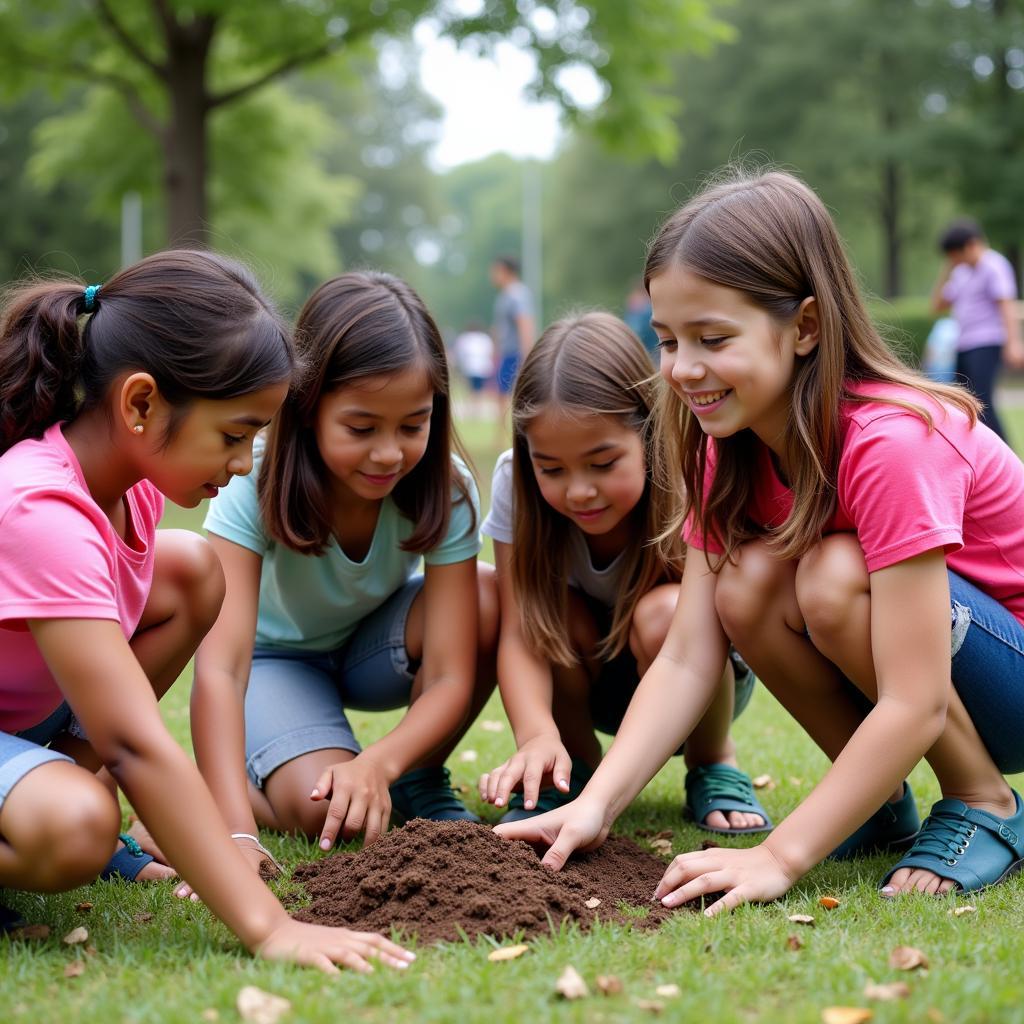Exploring the World of African Carvings Images
African Carvings Images offer a captivating glimpse into the rich artistic heritage of the continent. From ancient tribal masks to contemporary sculptures, these visual representations showcase the diverse cultures, beliefs, and traditions of African peoples. This article delves into the fascinating world of African carvings, exploring their symbolism, materials, techniques, and significance in both historical and modern contexts. See an example of this rich artistry here: african lady and man art images.
The Symbolism Behind African Carvings
African carvings are rarely just decorative pieces. They are imbued with deep meaning, often reflecting spiritual beliefs, ancestral connections, and social values. Masks, for instance, are frequently used in rituals and ceremonies, representing deities, spirits, or ancestors. Figures might depict important historical figures, embody proverbs, or represent abstract concepts like fertility or power. Understanding the symbolism behind African carvings unlocks a deeper appreciation for the cultural narratives they convey. The specific meanings can vary significantly across different ethnic groups and regions, adding to the richness and complexity of African art.
Materials and Techniques in African Carving
African carvers employ a variety of materials, each with its own unique properties and cultural significance. Wood is perhaps the most common medium, with different types of wood chosen for their durability, color, and grain. Other materials include ivory, bone, stone, and metal. Carving techniques also vary widely, passed down through generations of artisans. Some carvings are highly stylized, while others are remarkably realistic. The tools used range from simple hand tools to more sophisticated implements.
African Carvings in a Historical Context
African carvings have a long and fascinating history, dating back centuries. Ancient rock art provides evidence of early carving traditions, while archaeological discoveries have unearthed remarkable examples of ancient sculptures and masks. These artifacts offer valuable insights into the beliefs and practices of past civilizations. The impact of colonialism and the transatlantic slave trade also played a role in shaping African art, influencing styles and introducing new materials.
African Carvings in the Modern World
Today, African carvings continue to evolve, adapting to contemporary influences while retaining their cultural roots. Modern African artists are exploring new themes and techniques, pushing the boundaries of traditional forms. African carvings are now appreciated globally, collected by museums and individuals alike. They are also a significant source of income for many communities, contributing to economic development and cultural preservation. The rise of the internet has made it easier than ever to access and learn about African carvings images, fostering greater understanding and appreciation for this vibrant art form. Are you interested in using African inspired motifs in your designs? You might find this useful: african bull horns stencil.
Preserving and Promoting African Carving Traditions
Efforts are underway to preserve and promote African carving traditions for future generations. Museums and cultural institutions play a vital role in documenting and showcasing African art, while educational programs are helping to train new generations of carvers. Supporting ethical sourcing and fair trade practices is also crucial to ensuring the sustainability of this important cultural heritage.
What are the most common types of wood used in African carvings?
African carvers utilize a wide range of woods, including ebony, mahogany, iroko, and sese wood, chosen for their unique properties and cultural significance.
Where can I find authentic African carvings?
Authentic African carvings can be found in reputable galleries, museums, and online marketplaces specializing in African art. It’s important to research the source and ensure ethical sourcing practices.
How can I tell if an African carving is genuine?
Look for signs of hand-carving, such as slight imperfections and variations in the surface. Research the style and symbolism associated with different regions and ethnic groups. Consulting with an expert can also help in authentication. Some intriguing depictions of the human form can be found here: african bbw woman nude.
Conclusion
African carvings images offer a powerful window into the soul of a continent. They are not just beautiful objects; they are stories, beliefs, and histories carved into tangible form. By understanding the symbolism, materials, and techniques behind these intricate works of art, we can gain a deeper appreciation for the rich cultural heritage of Africa. As we continue to explore and celebrate these artistic traditions, let us also work to preserve and protect them for generations to come. Start your exploration of African carvings images today and discover the captivating beauty and profound meaning they hold. If you are interested in exploring African art further, you might enjoy these: african art hd background.
FAQ
- What are the most common motifs in African carvings?
- How are African carvings used in traditional ceremonies?
- What is the significance of masks in African culture?
- How has colonialism impacted African carving traditions?
- Where can I learn more about African art history?
- What are some contemporary trends in African carving?
- How can I support African artists and artisans?
When you need assistance, please contact us at Phone Number: +255768904061, Email: [email protected] or visit our address: Mbarali DC Mawindi, Kangaga, Tanzania. We have a 24/7 customer service team.


